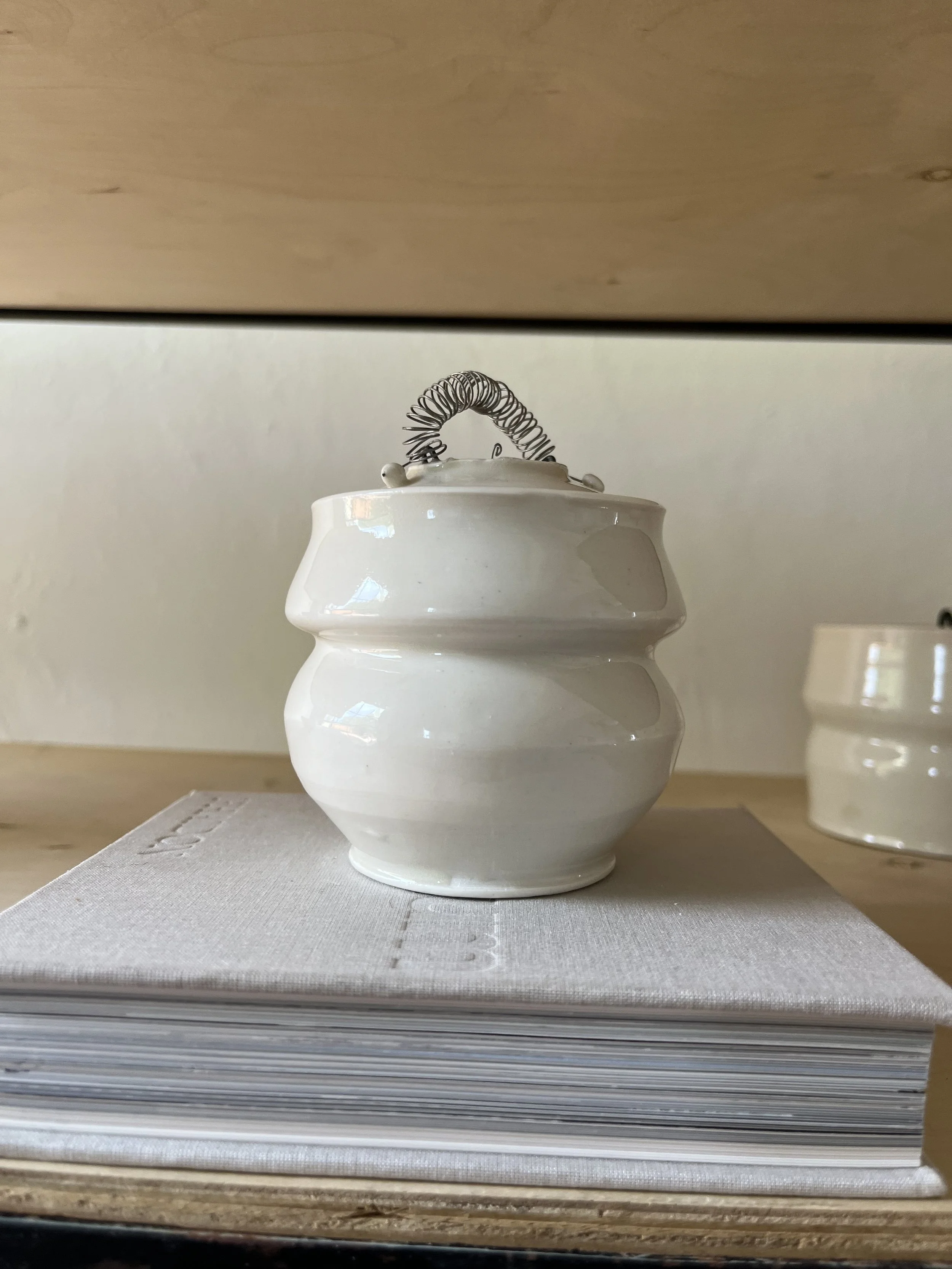
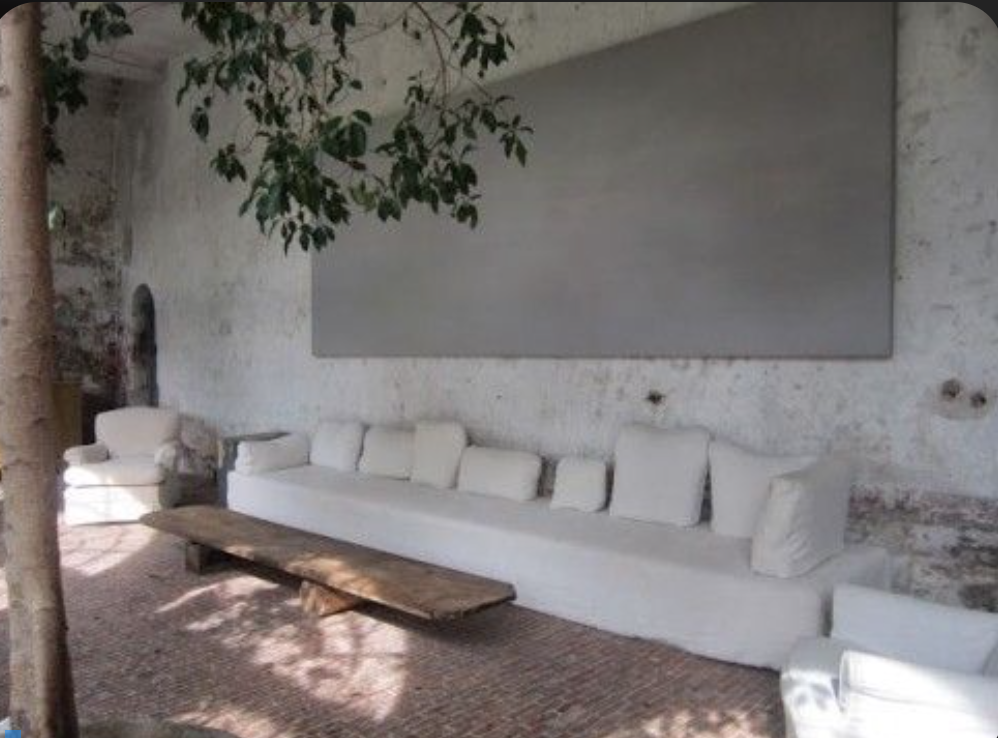
22 | Living with Light
recommended reading | living with light by Axel Vervoordt
Foundational Texts: Classic books every designer
should read
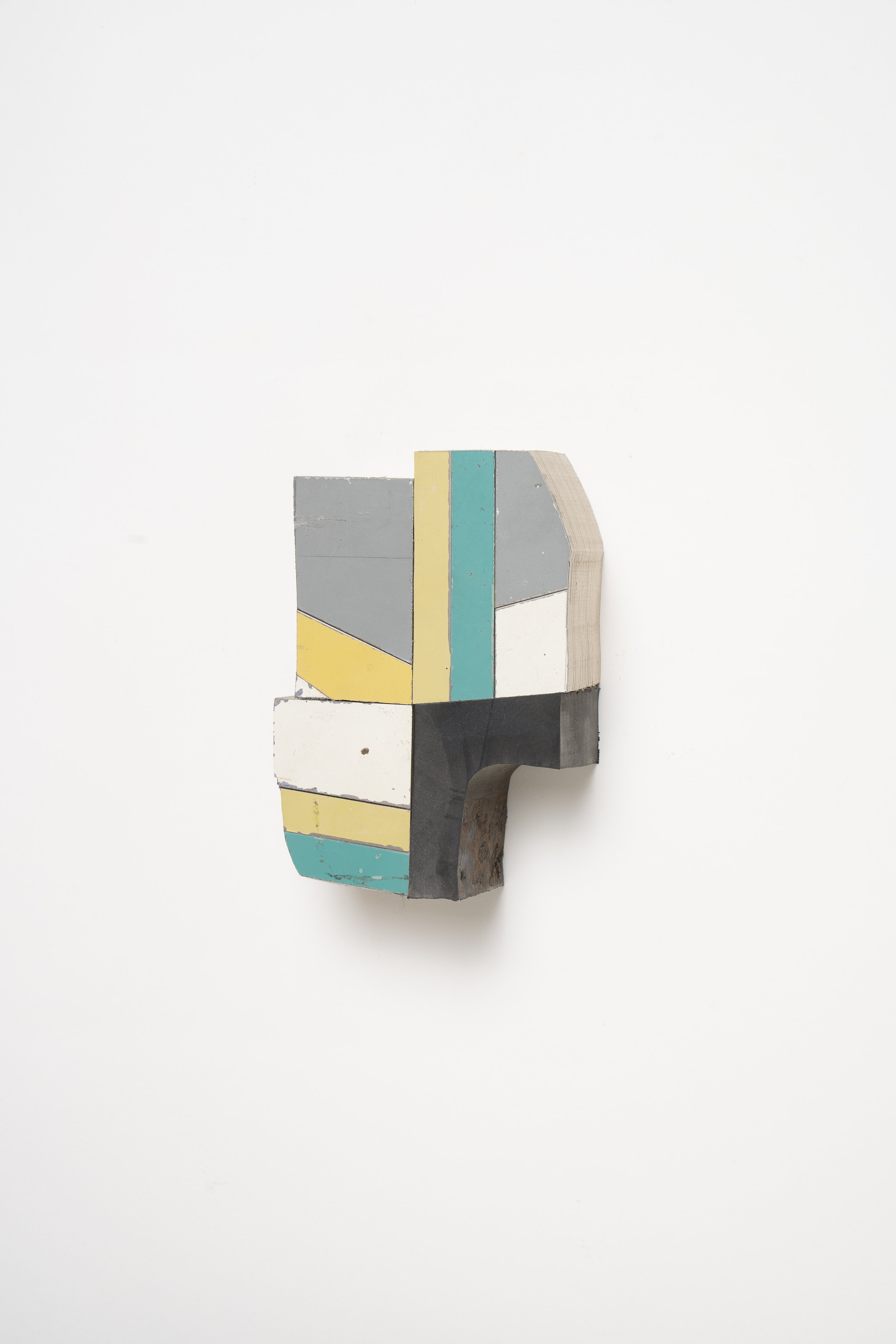
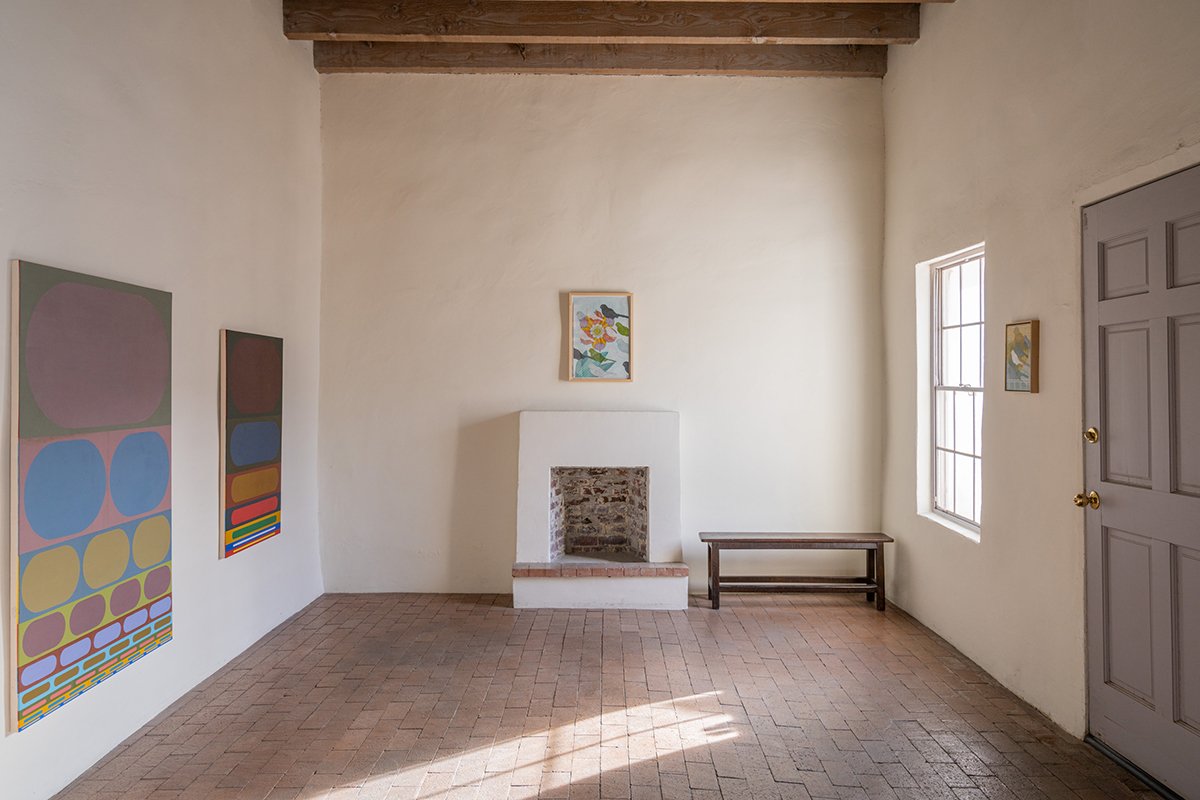
20 | Artist profile: Tom Martinelli
I work with promptings and processes often having to do with repetition, with progressions, with slightly non-symmetrical symmetry (also known as perfect imperfection). These things can act as a stable element or as scaffolding in the painting.
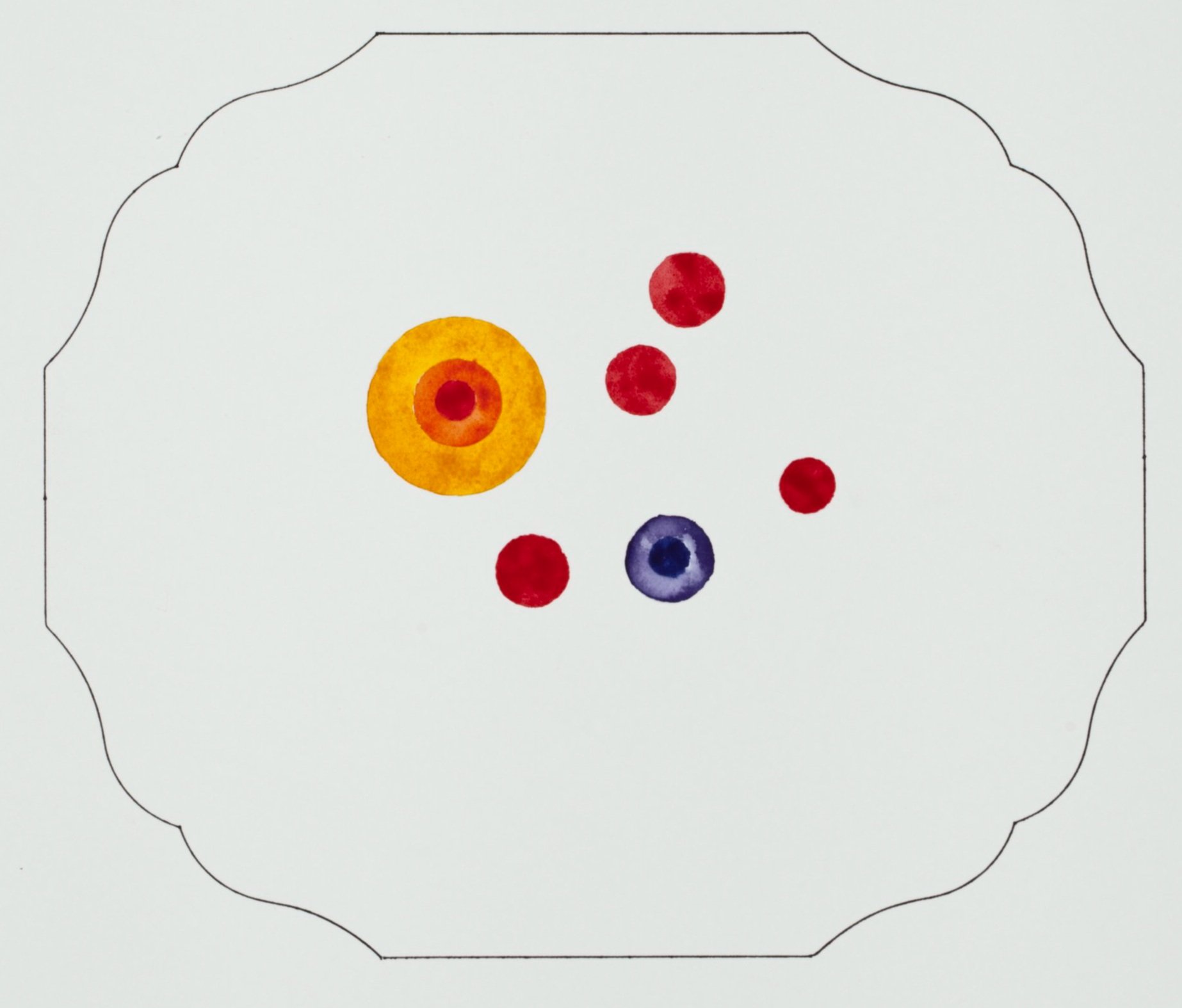
19 | Artist profile: David Kimball
Throughout his forty-five-year career, David Kimball Anderson’s sculpture has been described as “a contemplation on the meaning of things that give beauty and pleasure.”
David Kimball Anderson has received a Pollack-Krasner Foundation Grant, three NEA Arts Fellowships, and a California State University Research Grant. His work is in the collections of: Albright Knox Gallery, Buffalo, NY, National Endowment for the Arts, the World Bank, Art in Embassies, Washington, DC, San Francisco Museum of Modern Art, San Francisco, CA, Oakland Museum, Oakland, CA, San Antonio Museum of Art, San Antonio, TX; New Mexico Museum of Art, Santa Fe, NM, Albuquerque Museum and the City of Albuquerque, NM. From 1967-1971, he sporadically attended the San Francisco Art Institute.
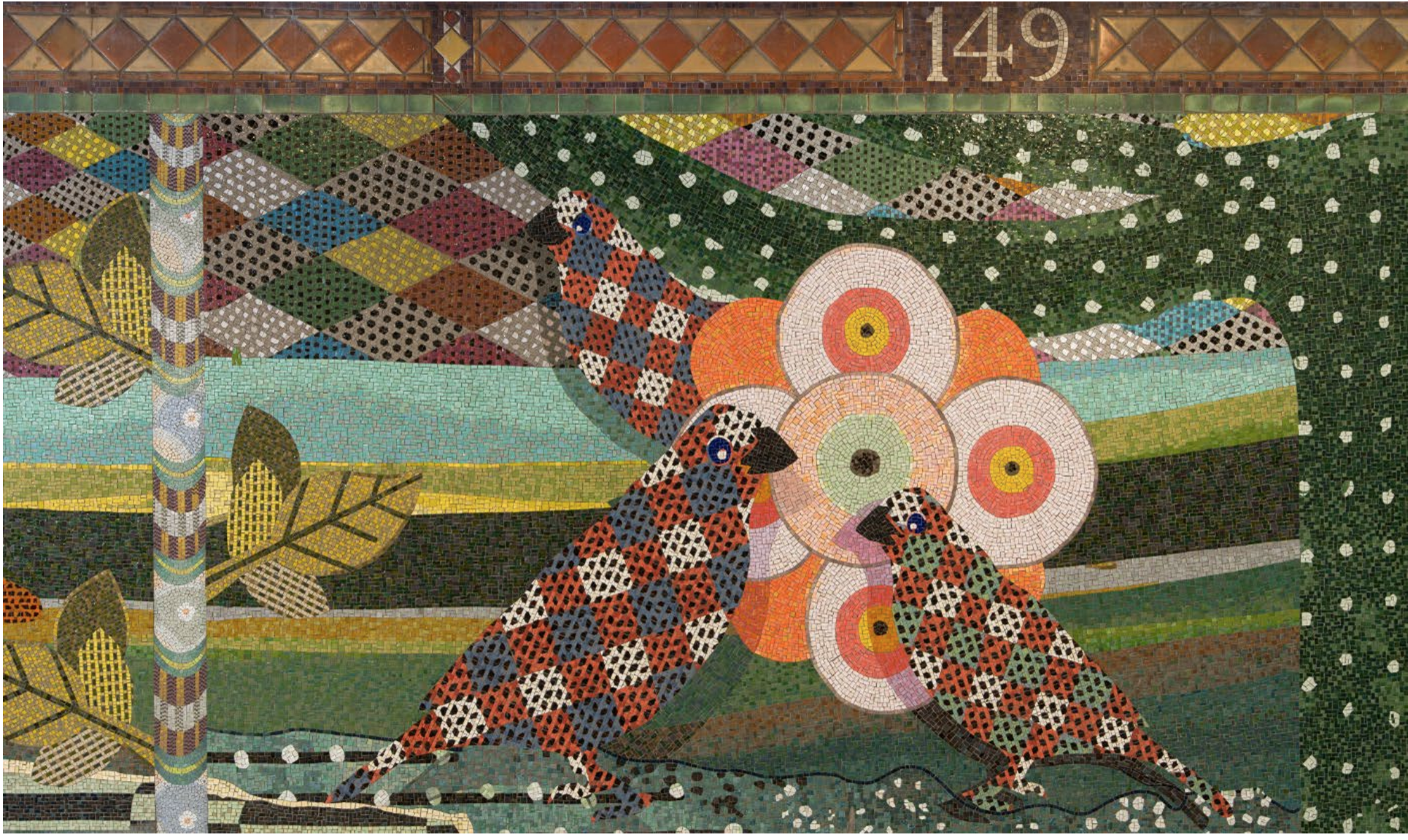
18 | Artist profile: Glenn Goldberg
Glenn Goldberg uses decorative arts, rugs, banners, tapestries, Danish modern furniture, fetish figures, as well as ancient calligraphy as a source of inspiration, providing his work with a sense of varied cultural eclecticism…The works are charged with a web of multiple dotted lines that delineate the space in rhythmic waves. The embrace of handmade imperfections continues to play an important role in this body of work.